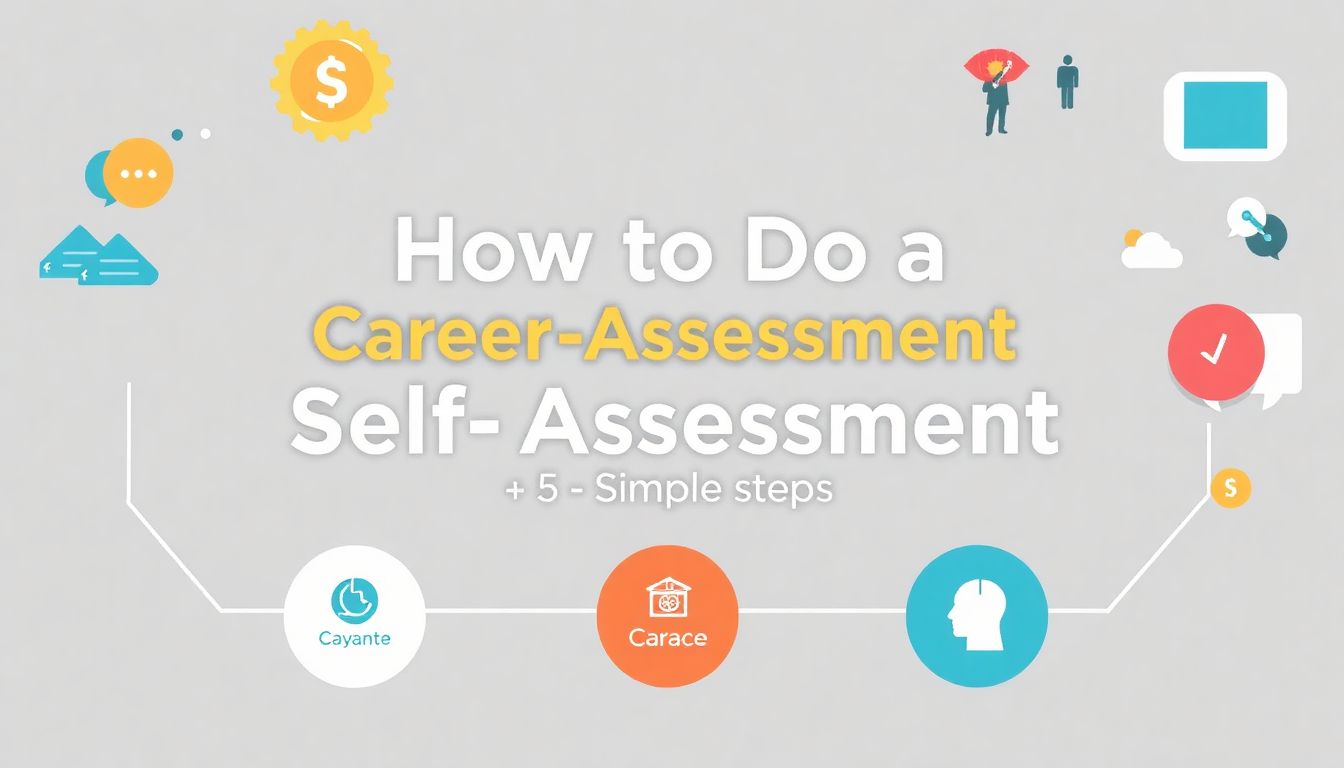Feeling stuck, uncertain, or ready for change in your professional life? That’s a sign it’s time to pause and reflect. A career self-assessment isn’t about starting over—it’s about checking in with yourself to understand where you are, what you want, and what’s holding you back.
Whether you’re looking for more fulfillment, planning a career pivot, or simply want to make better decisions moving forward, this process helps you reconnect with your goals, values, and potential. Here’s how to do a self-assessment in five simple but powerful steps.
Step 1: Review Your Current Situation Honestly
Begin by taking an honest look at your current role. Ask yourself:
- What do I enjoy about my work?
- What frustrates or drains me?
- Do I feel challenged, stagnant, or overwhelmed?
Go beyond the job title. Consider the environment, team culture, workload, schedule, and how aligned you feel with your company’s mission. Write down your thoughts without judgment. The goal here is clarity, not criticism.
Sometimes, people stay stuck because they don’t take time to assess how they actually feel about their job. This step is your opportunity to do that with intention.
Step 2: Reconnect With Your Core Values
Your values are the principles that guide your decisions and define what “success” means to you. When your work aligns with your values, you feel energized and at peace. When it doesn’t, you feel disconnected—even if everything looks fine on the outside.
Take a moment to reflect: What values matter most to me at this stage of my life? Is it creativity, stability, freedom, impact, leadership, learning, or balance?
List your top five values and compare them to your current role. The more aligned they are, the better. If there’s a gap, it may explain feelings of dissatisfaction or confusion—and show you where change is needed.
Step 3: Identify Your Strengths and Skills
Next, focus on what you bring to the table. What are your key strengths, and how often do you get to use them in your work?
Think about past feedback, successful projects, and tasks you enjoy. Your strengths may include technical skills like writing or coding, or soft skills like problem-solving, empathy, or leadership.
Don’t forget transferable skills—those that apply across industries, such as communication, time management, and adaptability. Identifying what you’re naturally good at will help you make smarter decisions about where to grow and what types of roles suit you best.
Step 4: Acknowledge What’s Not Working
Being self-aware also means being honest about what isn’t working. This could include habits, beliefs, or external factors that are limiting your progress.
Ask yourself:
- Am I avoiding growth opportunities due to fear?
- Am I holding on to a job that no longer fits?
- Do I struggle with boundaries, procrastination, or self-doubt?
Recognizing these patterns isn’t about blame—it’s about awareness. When you name your challenges, you gain power to address them. You can then seek support, set new boundaries, or shift your mindset to move forward with intention.
Step 5: Set Intentional Career Goals
Now that you’ve gathered insights, it’s time to look ahead. Based on what you’ve learned, ask yourself:
- What do I want to feel more of in my next career chapter?
- What kind of work environment suits me best?
- What skills do I want to develop?
- What are my short- and long-term goals?
Write down clear, realistic goals. They don’t have to be huge. A small change—like talking to a mentor, updating your resume, or exploring a new field—can be the first step toward transformation.
If you’re unsure where to start, aim to set one goal related to values, one related to skills, and one related to environment. Then create small, actionable steps to support each goal.
Self-Assessment Is a Tool for Empowerment
Doing a career self-assessment doesn’t mean you’re failing. It means you’re choosing growth. It means you care enough about your work and your life to stop, reflect, and realign.
This process can be done quarterly, yearly, or anytime you feel off track. The more often you do it, the more confident and connected you’ll feel in your professional path.
Your career isn’t a static path—it’s a living journey. With self-awareness as your compass, you can move forward not out of pressure, but with purpose.
